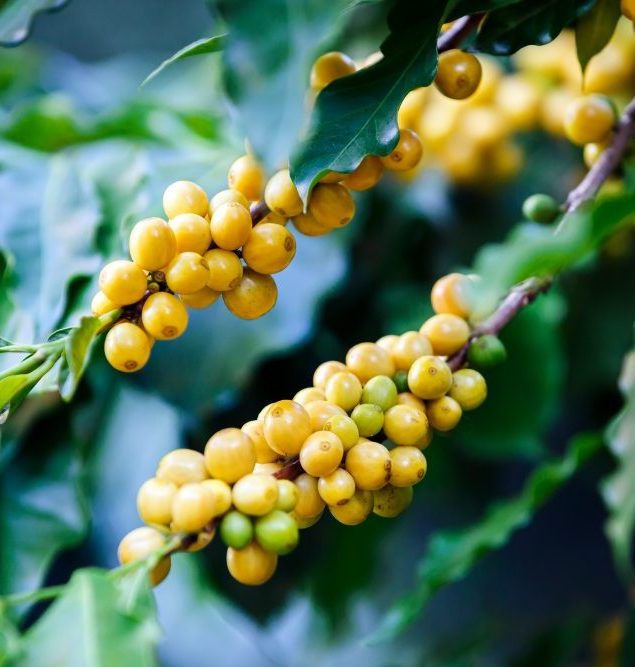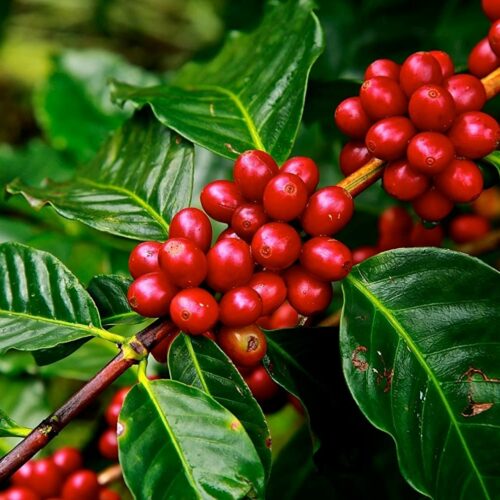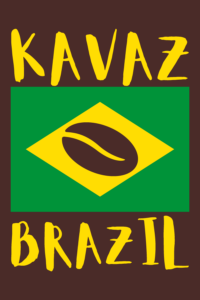We classify our green coffees into 4 categories:

Regional Lot
Regional Lots are from a certain region (city/state) and there would not be traceability of the farms where those green coffees were produced. They can be coffees of the same or different varietal and were mixed at a cooperative where farmers store their coffee. If you are looking for the greatest cost-benefit, you should try a regional lot, these coffees’ profiles are very uniform, they have balanced acidity and body, and are usually very suitable for blends.

Single Origin
Single Origins are coffees from a single farm. There is full traceability, and you can find out the price each farmer received for their coffee at our Price Breakdown on the Order page. These green coffees can be specialty or not (check if there is a cupping score), we advertise the cupping score and quality reports for specialty coffees. We usually offer from 70 to 100 bags of Single Origins.
Specialty Coffee
Specialty Coffees are generally available in smaller amounts, around 30/60 bags. These coffees come from smaller farms or from a small specialty plot of a big farm, which the producers gave special treatments/processes and added more expensive investments in order to get better results. Those farmers have a love for quality. These coffees tend to be more expensive to the whole chain once it requires more work and more people involved in each step. These magnificent green coffees are for those who are seeking more nuanced coffees with striking flavors and aromas.


Micro Lot
Micro Lots are specialty coffees offered at a maximum of 20 bags (30 kg each) they are hand-picked, and they tend to be more expensive because the farmers had to hire extra manpower for picking. But they do not necessarily have a higher cupping score than a non-micro lot specialty coffee, because the quality depends on the soil conditions, weather, altitude, and correct management of the after-harvest drying process.
We mainly buy micro lots to support the small farmers because sometimes they live in poor conditions and we want to contribute to them by allowing them to invest more in their plantations by paying a better price for their crops, also they can have better-living conditions. Even though we can still support just a little, we plan time by time to contribute a little bit more. We also advertise their farms, photos, and stories.
Chart 1.
| Intrinsic Defect | Number of occurrences | Number of Defects |
| Black bean | 1 | 1 |
| Sour (Including stinker beans) | 1 | 1 |
| Shells | 3 | 1 |
| Green | 5 | 1 |
| Broken | 5 | 1 |
| Insect Damage | 5 | 1 |
| Mal-formed | 5 | 1 |
| Dried Cherry | 1 | 1 |
| Floater | 2 | 1 |
| Large Rock or Stick | 1 | 5 |
| Medium Rock or Stick | 1 | 2 |
| Small Rock or Stick | 1 | 1 |
| Large Skin or husk | 1 | 1 |
| Medium Skin or husk | 3 | 1 |
| Medium Skin or husk | 5 | 1 |
Chart 2.
| Type Number | Maximum Allowable number of defects per 300 g sample |
| NY 2 | 6 |
| NY 2/3 | 9 |
| NY 3 | 13 |
| NY 3/4 | 21 |
| NY 4 | 30 |
| NY 4/5 | 45 |
| NY 5 | 60 |
| NY 5/6 | 90 |
| NY 6 | 120 |
| NY 6/7 | 180 |
| NY 7 | 240 |
| NY 8 | 450 |
Do you know Brazil / New York method for green coffee classification?
For this classification 300 grams of coffee is checked. The number of coffee beans equivalent to 1 defect is given in Chart 1. For example, a set of 5 broken beans counts as 1 defect. On the other hand, 1 large rock counts as 5 defects. After counting all defects the coffee is classified according to Chart 2.
